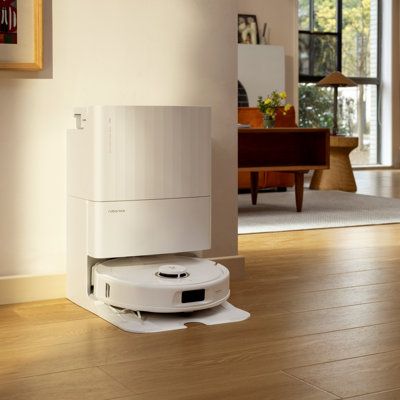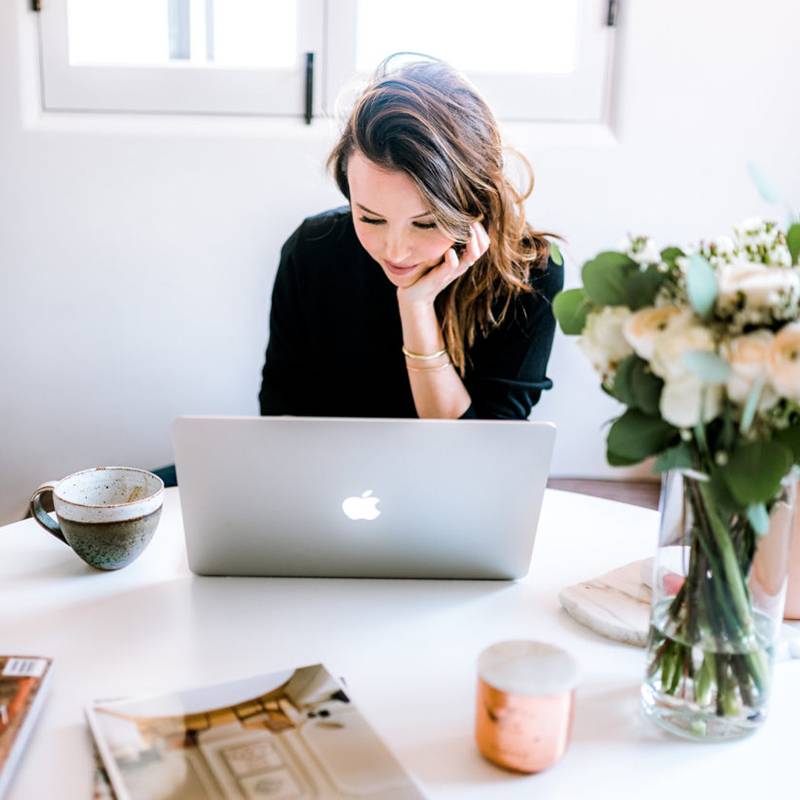If we’re being honest with ourselves, most of us have experienced times when life hasn’t been that great. It happens to the best of us. We need to deal with the financial stress of every life hiccup while trying to solve the problem itself, which often makes us even more stressed out. In fact, research shows that the top reported stressors are money related — especially for a woman.
So how can we take care of ourselves and make sure we are “insured” when times aren’t that great?
The first step is to set a strong financial foundation, and this begins with making sure we have enough money saved in case of an emergency, the old emergency fund. Best kept in a savings account, an emergency fund is useful for unexpected expenses.
Here, we explain how to start building your emergency fund — an essential first step to a strong financial foundation.
1. What exactly is an emergency fund?
It’s not some complicated bond or mutual fund. No. An emergency fund is essentially a financial buffer set aside to make sure you have enough to cover your needs in case of an emergency. The financial buffer an emergency fund provides can keep you afloat in a time of need without having to rely on credit cards or high-interest loans.
“Life is full of things we didn’t plan, right? I know a 29-year-old woman who left her husband and her job in the same month.“The kicker? She was also now going to be a single mom,” says Sallie Krawcheck, former CFO of Citigroup and equity analyst turned founder and CEO of Ellevest, a digital investment platform. “Here’s how she avoided bankruptcy and Bedlam: She had a year’s worth of take-home pay in cash. That’s not just F.U. money—that’s serious GO ME money.”
So, whether you’re a single recent college grad or a seasoned professional in a long-term relationship, you need an emergency fund. And this should be held in cash, rather than invested.
2. Calculate Your Number
First things first: Determine how much to save in your emergency fund.
Although there’s no perfect number for how much you should stash away, a good benchmark that financial experts suggest is saving three to six months’ worth of your living expenses.
That might sound like a lot, but we’re not expecting you to get there overnight. Ideally, you start by saving up one month’s worth of expenses before you prioritize any other big financial goal.
- Fixed monthly expenses: These are recurring costs like rent, utilities, car payments etc. Essentially, your fixed monthly expenses that don’t fluctuate too much from month to month.
- Minimum debt payments: This is the amount you have to pay each month to keep up with your loans (like your student loans), credit cards and other debts you may have.
- Non-monthly expenses: These are the costs that you have to pay once or a few times a year, like insurance premiums, car registration, and travel fees.
- Flexible spending: Flexible spending is costs like food, clothes, entertainment and any other discretionary spending that can vary widely from month to month.
(If you need more info, here’s an emergency fund calculator from NerdWallet).
3. Open a Separate Account for Your Emergency Fund
In order for your emergency fund to be there when you need and it, it must be both safe and readily available. Financial experts recommend keeping your emergency fund in an FDIC-insured account that you can access easily if you need quick emergency cash.
This means that these assets are insured by the Federal Deposit Insurance Corporation, which the U.S. government describes as “an independent agency of the United States government that protects you against the loss of your insured deposits if an FDIC-insured bank or savings association fails. FDIC insurance is backed by the full faith and credit of the United States government.”
A good option is Ellevest, who we mentioned before. They believe their clients can’t afford any investment risk with their emergency money, so they place all assets in their Emergency Fund goal in FDIC Cash. (And they actually do provide those at Ellevest, for free). Sign up in less than 10 minutes right here.
Here’s where’s where you shouldn’t put your emergency fund:
- Under the mattress. Sure stashing cash close at hand might sound like a good idea, but your money could easily get lost, stolen or destroyed. Not to mention, it’s literally losing value thanks to inflation.
- Your checking account. This isn’t the worst place to keep your emergency fund, but if you keep it in your checking account, you’re likely to use it for something other than an emergency. Ideally, the bank that holds your savings account will also be different from the one that holds your checking account so you won’t be as tempted to make an easy transfer for a non-emergency.
- In the stock market. True, you may be able to grow your money faster than keeping it in a savings account, but you’re also taking on a risk that could cause you to lose some or all of this emergency money. Plus, if you were to sell off investments to help pay for an emergency, you might have to pay taxes on your gains.
3. A Few Ways to Save Now
- Start saving a small amount and build momentum. Pick an achievable money goal and grow it from there. Maybe it’s just saving $50 a month or 5% of your paycheck. As you get used to saving that amount, consider increasing it over time. Setting up a recurring transfer from your checking to your emergency fund savings account can help make sure you’re not neglecting that emergency fund.
- Sell something. This seems obvious, but a great way to free up some cash is to sell something you don’t need anymore. Have some extra furniture you don’t need it. Sell it on eBay. Have a designer bag that was an impulse buy and you never wear. TheRealReal is a great place to sell it.
- Research where you can get money back. Is there a subscription you don’t need anymore, or could you cook one more day a week and eat out less? Divert that cash into your emergency fund. Think creatively: do you really need that Netflix subscription?
- Stash away any windfall money. Get an annual work bonus, tax refund or even inheritance? Deposit some (or better yet, all!) of that bonus money into your emergency fund.
4. Check On Your Emergency Fund As Needed
Don’t have an emergency fund set up – yet? Ellevest can help you set one up for free and help you reach all of your money goals. Sans judgment, finance jargon, and trust issues. Get into it here.*
The Bottom Line:
Although there are risks that come with investing your money, there is also the potential for rewards — namely, helping you grow your money so you can meet your financial goals faster than if you had, say, put your money away in a basic savings account. So start today, even if you put away 2% of your income into a 401(k) or an IRA. Your future self will thank you.
For when you don’t have a retirement fund…
Don’t sound the alarm – yet. Ellevest can get you set up in less than 10 minutes so you can reach all of your money goals. Sans judgment, finance jargon, and trust issues. Crisis averted. Get into it here.*

How to Divvy Up Your Paycheck for Financial Success: The 50/30/20 Rule
Make 2019 The Year You Get Started Investing
3 Reasons Why You Need a Roth IRA- Even If You Have a 401(k)
Disclosures: We’re excited to be working with Ellevest to start this conversation about women and money. We receive compensation if you become an Ellevest client. Questions? We’re here to help. Leave us a comment and we’ll get back to you!






